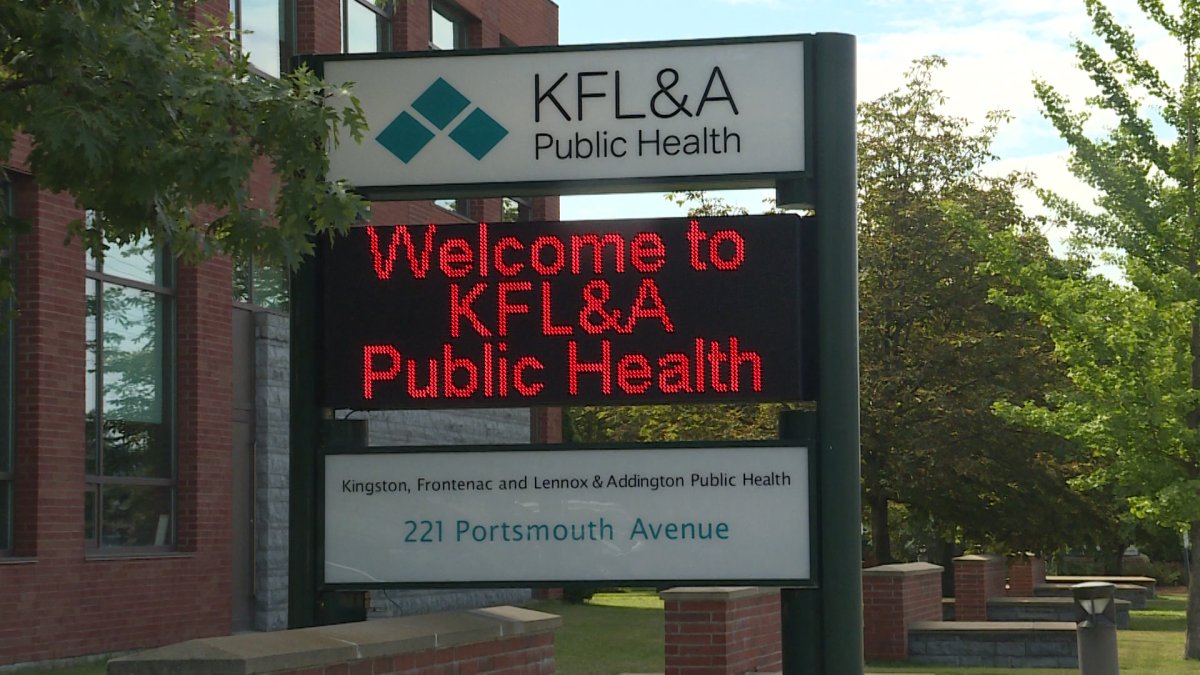At the board of health meeting Wednesday, a researcher for KFL&A Public Health presented modelling predicting how many cases the region could see by Nov. 9.

Dr. Megan Carter, a researcher with the local health unit, said she is working with Dr. Troy Day, a professor in the Department of Mathematics and Statistics at Queen’s University, who also works on Ontario’s COVID-19 modelling, to help predict local numbers.
Modelling was already used locally to predict how the return of Queen’s University students might impact Kingston’s case numbers, as well as before Thanksgiving weekend, to show how cases could rise if residents did not follow public health advice.
According to modelling discussed at Wednesday’s meeting, the region will see anywhere from five to 130 new cases by Nov. 9.
This modelling used 10 active cases as of Oct. 20 as the starting point, and predicted how those cases could spread in the community. The reach of the disease depended on the doubling rate of the virus — a measure of how fast the virus is spreading, which is currently estimated at 14 days. The researchers also presented modelling that estimated the doubling rate at 12 days, like it was in early October, and seven days, like it was in April at its worst and most infectious point.
In the best case scenario, when the disease is doubling every two weeks, modelling showed we could expect about 26 case of COVID-19 locally by Nov. 9. With a doubling time of 12 days, that number is expected to be closer to 29, whereas a seven-day doubling time would result in a probability of 69 cases by Nov. 9.
- Roll Up To Win? Tim Hortons says $55K boat win email was ‘human error’
- Bird flu risk to humans an ‘enormous concern,’ WHO says. Here’s what to know
- Halifax homeless encampment hits double capacity, officials mull next step
- Ontario premier calls cost of gas ‘absolutely disgusting,’ raises price-gouging concerns
Carter noted that all three simulations presented uncertainties. The case numbers provided by public health above were median numbers derived from each modelling scenario.
KFL&A Public HealthCarter also noted that not all those who have COVID-19 will necessarily seek care or be tested, which means there could always be more cases in the community than are counted by public health.
In the end, Carter said infectious disease modelling is complex and not always an exact science, but can help provide insight for decision makers.
“It models what might happen. However, when interpreting results, we need to understand the assumptions and limitations. Short-term projections are generally more reliable and insightful than longer-term projections,” she said.
Provincially, Carter noted that modelling is predicting Ontario’s second wave could be worse than its first.

National modelling is predicting that regardless of scenario, the pandemic is expected to last through to 2022.
Carter says public health will continue to work with Queen’s University to provide local modeling, which will be updated every few weeks.






Comments